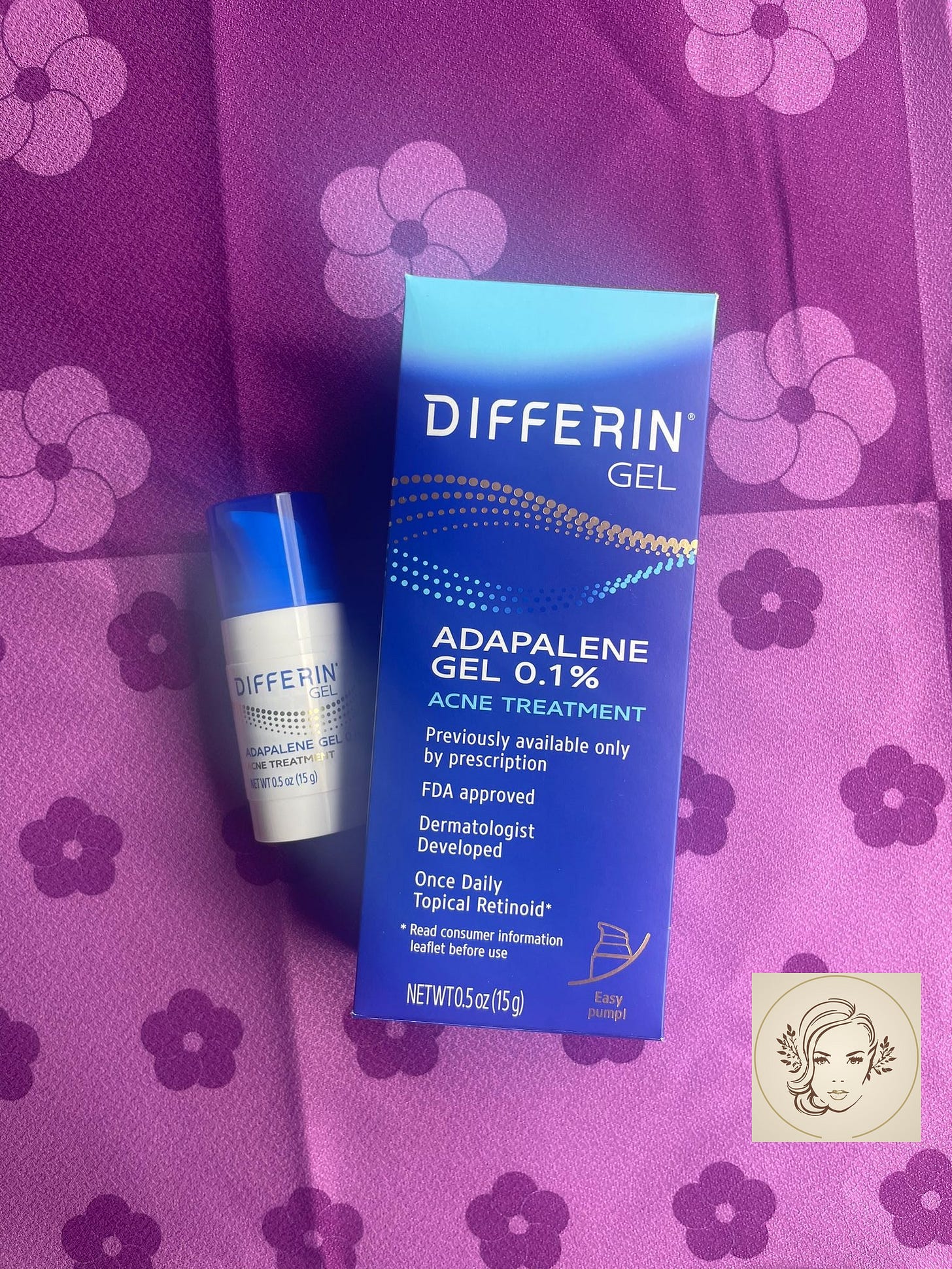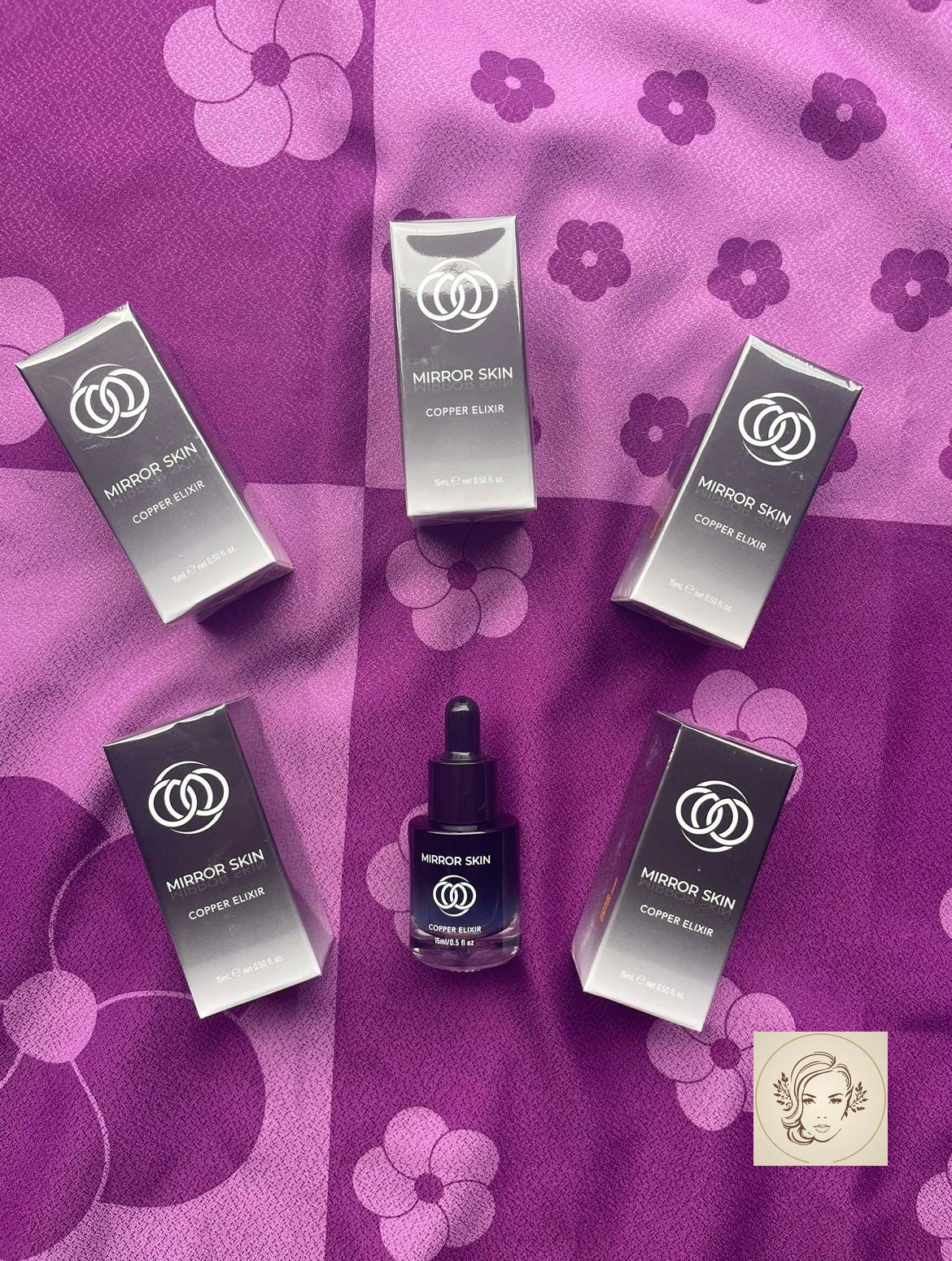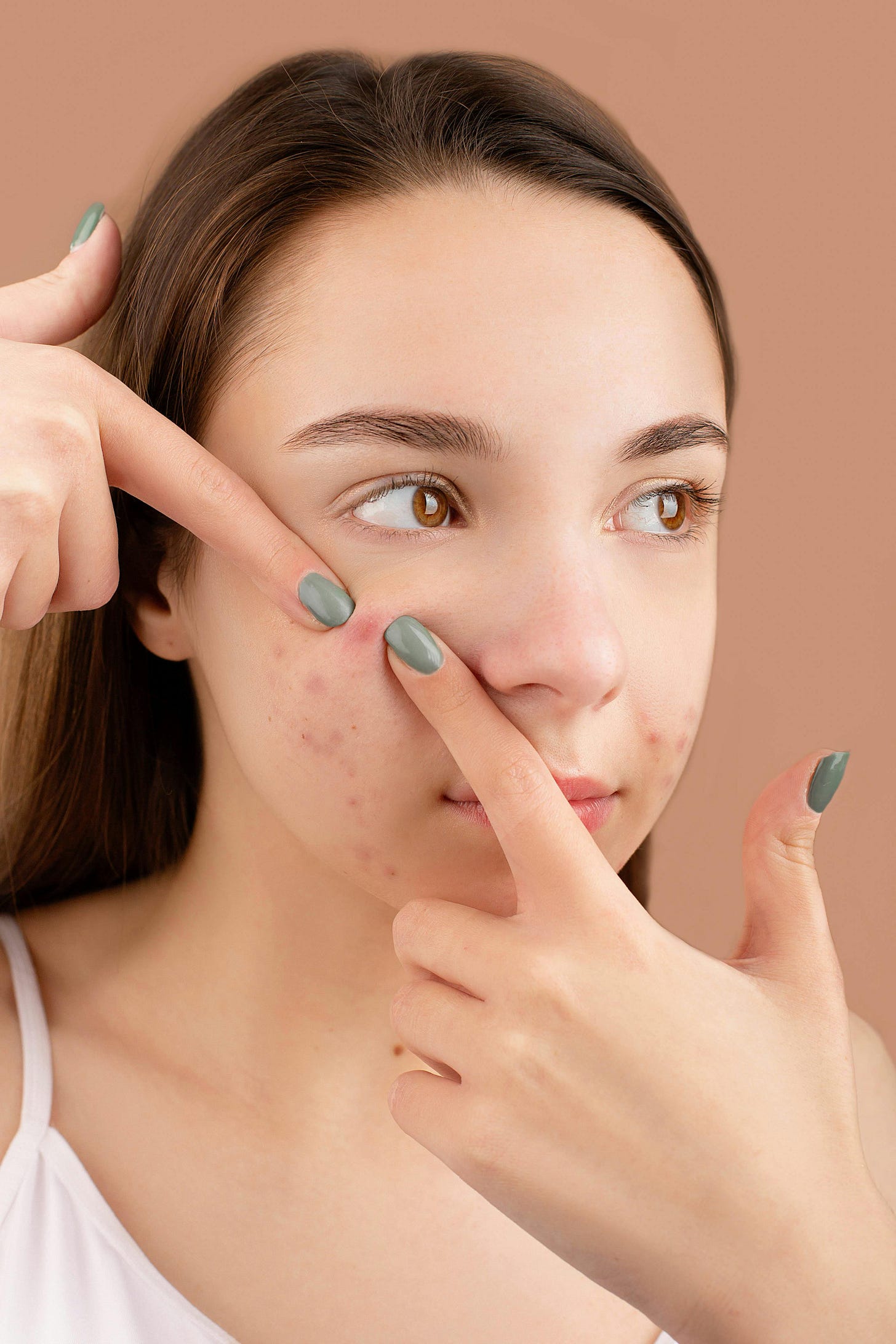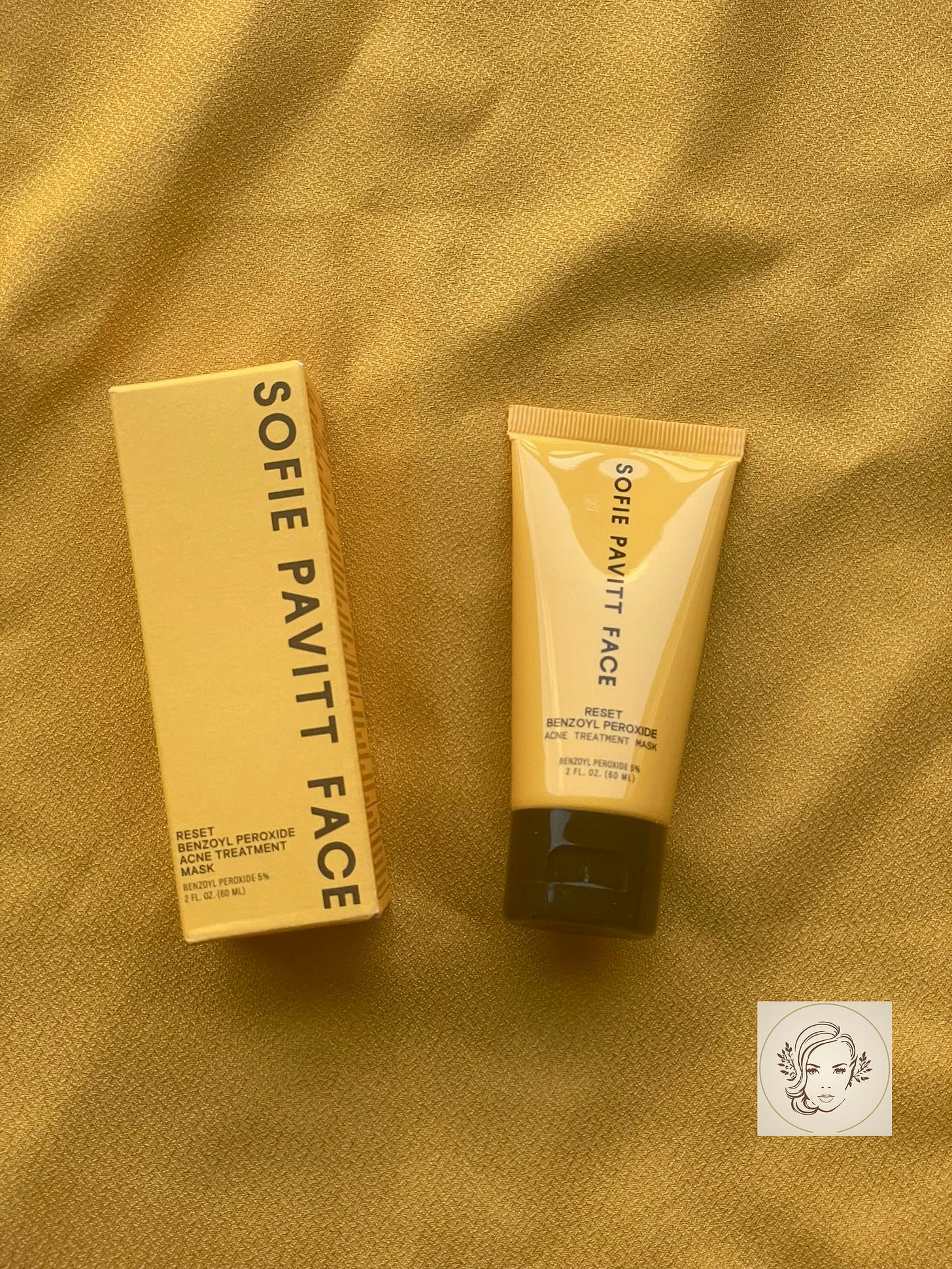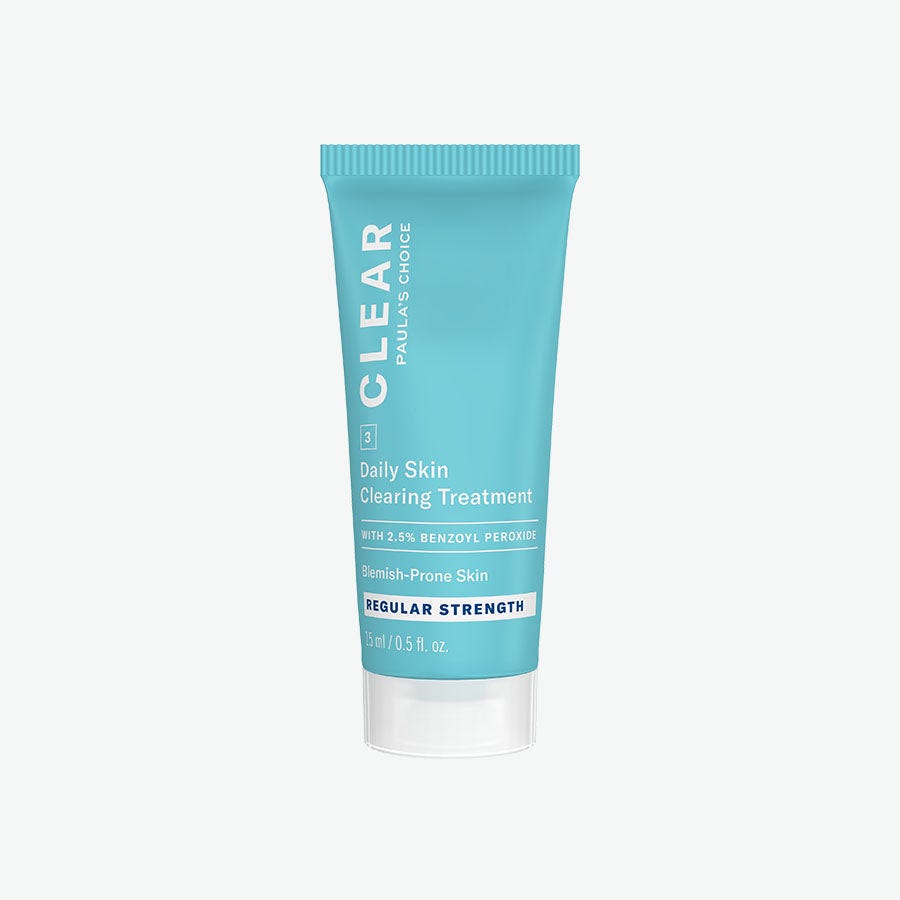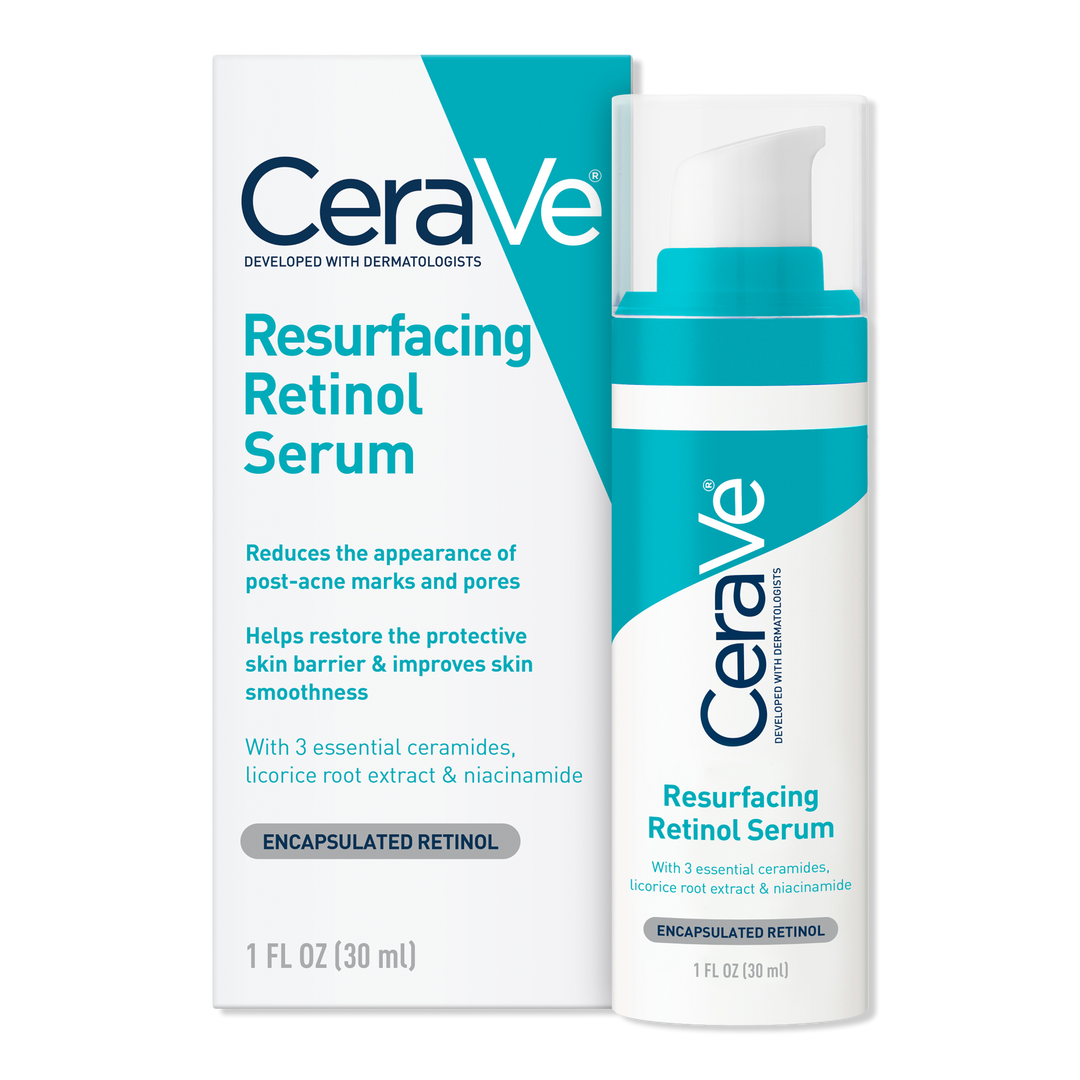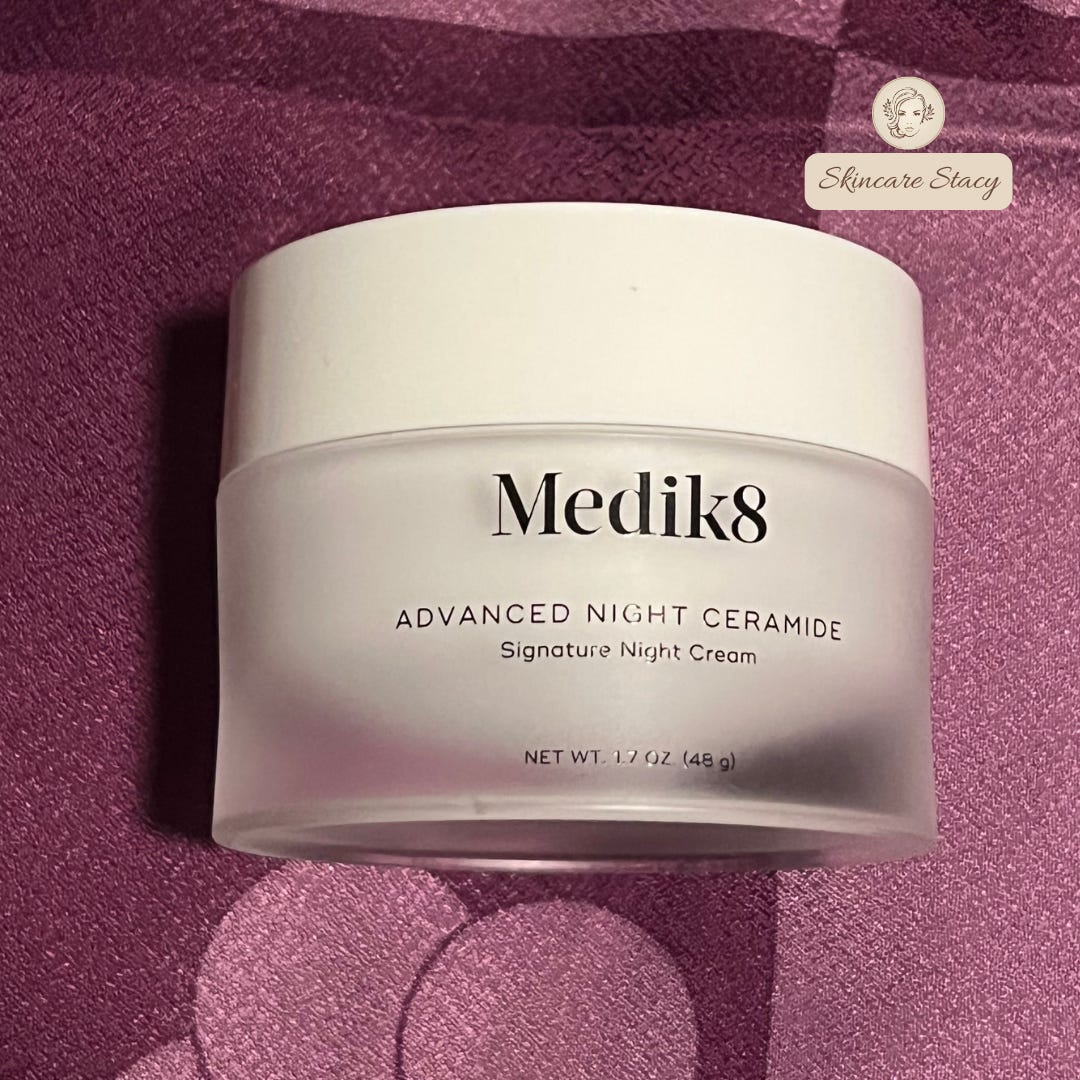5 Things I Wish I Knew Before Using Retinol
Everything I learned the hard way so you don’t have to.
If you’ve ever scrolled through skincare videos or read product reviews, you’ve probably heard about retinol.
People call it the gold standard for anti-aging, but when I first started, I had no idea how it actually worked.
What I know now? Retinol speeds up how fast your skin makes new cells and also boosts collagen, which is what keeps your skin smooth and firm.
It can do a lot, but it’s also tricky if you don’t know what you’re getting into.
Here are the 5 biggest things I wish someone had told me before I started using it.
1. Winter is the best time to start
Retinol makes your skin more sensitive to sunlight, which means you can burn easier.
Starting in the summer is rough because you’re outside more.
Winter is safer since you’re not in the sun as much, but you still need sunscreen every day.
Try: Daily Dose Hydra-Ceramide Boost: A colorless, hydrating serum with ceramides and SPF 40.
2. Retinol isn’t the only option
There are different forms of vitamin A products, and each one works a little differently:
Adapalene: more for acne, not really an anti-aging product (although I think we’ll see more evidence coming out in the future), but you can buy it at the drugstore.
Try: Differin Gel (Adapalene 0.1%): One of the best over-the-counter retinoids for long-term acne control. Just go slow if you’re new to it, it can be strong.
Tretinoin: prescription only, and much stronger than retinol. If you’re interested in trying it, you can also get it through online pharmacies like UluRx.
Retinal: stronger than retinol but not as harsh as tretinoin. A good in-between option.
Try: Medik8 Crystal Retinal: A stronger option that uses retinaldehyde, which works faster than traditional retinol to reduce fine lines and even skin tone. It’s available in different strengths so you can build up gradually depending on your skin’s needs.
So if plain retinol isn’t working for you, it doesn’t mean the whole category is a fail.
It might just mean you need to try a different version.
3. Pair it with other products
Retinol works well on its own, but it’s even better when you mix it with the right things.
I like to use tretinoin with Allies of Skin Mandelic Pigment Corrector to help fade dark spots.
Other combos I like:
Copper peptides and vitamin C for anti-aging.
Try: Mirror Skin Copper Elixir is the best copper peptide serum on the market. I apply it 1–2 times a day on clean skin, and it absorbs beautifully, leaving my skin refreshed and firm. Copper peptides promote collagen, improve elasticity, smooth fine lines, support healing, and calm irritation.
Hydrating serums or peptide serums to calm irritation.
Try: Medik8 Liquid Peptides is a staple in my routine, especially in the winter. It’s lightweight but deeply hydrating, and my skin genuinely looks better when I use it consistently. It layers well, doesn’t pill, and plays nicely with tret. I hate running out of it, which tells you everything you need to know.
The key is not piling on too many harsh products at once.
Keep it balanced.
4. Purging is normal (and annoying)
When I first started, my skin broke out more because retinol speeds up how fast clogged pores come to the surface.
It can last anywhere from 3 to 6 months.
It’s not fun, but it does pass, and once it does, your skin looks so much better.
During this phase, benzoyl peroxide can be a lifesaver for spot-treating acne.
I love the Sofie Pavitt Benzoyl Peroxide Mask for flare-ups and the Paula’s Choice 2.5% BP Cleanser as a gentle daily option.
Just remember, if breakouts last longer than two months or feel severe, check with a dermatologist to be sure it’s purging and not a reaction.
5. Moisturizer is your best friend
When I started in 2020, I used CeraVe Resurfacing Retinol with a thick cream because my skin was super dry.
Now my skin has adjusted.
I use stronger tretinoin and sometimes just a light hydrating serum in the summer.
If you have dry skin, I recommend Medik8 Advanced Ceramide Night Cream.
It was literally designed to be used after retinoids, so it pairs perfectly with tretinoin.
The silky texture restores your moisture barrier without leaving a greasy finish.
I’ve gone through two full tubs of this cream and even keep a travel size in my kit because I never go without it.
If your skin leans oily, Medik8 Liquid Peptides is a better match. I also love NIOD’s Superoxide Dismutase Spray after tretinoin for hydration.
It’s light, super hydrating, and also helps with anti-aging, which makes it really easy to work into any routine.
Products I recommend
If you’re ready to try retinol, these are the formulas I trust and keep coming back to:
For beginners: Naturium Retinol Complex is gentle but still works really well. Start using it 2–3 nights a week, then increase as your skin gets used to it.
Best budget: CeraVe Resurfacing Retinol is gentle & budget-friendly retinol that helps smooth skin texture and fade post-acne marks without heavy irritation.
For acne: Adapalene (not retinol) is an over-the-counter retinoid that’s especially effective for treating acne by keeping pores clear and reducing inflammation.
For retinal: Medik8 Crystal Retinal is a stronger form of vitamin A that delivers faster results than retinol while still being gentler than prescription tretinoin.
Final Thoughts
Retinol can feel overwhelming at first, but it really comes down to patience and consistency.
Start slow, protect your skin with moisturizer and sunscreen, and give it time to work.
Whether you stick with a beginner option or move up to stronger formulas, retinol can make a huge difference in how your skin looks and feels.
Cheers,



